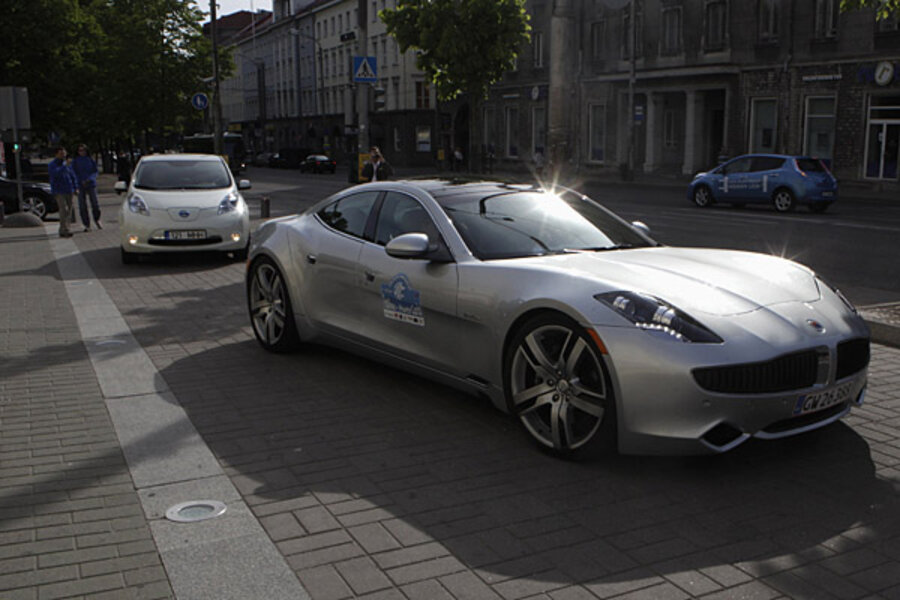Estonia: a paradise for electric cars?
Loading...
Imagine a paradise for electric-car drivers, where half the car's cost is subsidized and there's a nationwide network of DC quick-charging stations so plentiful that there's one for every four cars.
Such a place exists, actually. It's called Estonia.
The tiny country of 1.2 million people, nestled on the Gulf of Finland between Latvia and Russia, has just opened a network of 165 CHAdeMO quick-charging stations--more than the U.S. has today--for its plug-in electric cars.
Which number, at the moment, exactly 619--500 of which are used by government agencies, along with 100-plus that are privately operated.
That doesn't sound like very many, but the country's rate of one electric car out of every 1,000 vehiclesin the country is second only to Norway's.
In that country, despite the harsh winter weather, there are four electric cars per 1,000 vehicles--the result of a concerted program of incentives and benefits.
The cost of fast-charging an electric car in Estonia is between 2.5 and 5 euros ($3.40 and $6.80), and drivers can pay either with an authorization card or by using their mobile phones.
There's also an "all you can eat" program that allows unlimited fast-charging for 30 euros (roughly $40).
The maximum distance between fast charging stations is 60 km (36 miles), which permits even those electric cars with lower ranges to travel longer distances without worrying about not making it to the next charging station.
DC fast-charging recharges an electric car's depleted battery pack to 80 percent of capacity in half an hour or less, compared to the several hours it would take using a 240-Volt Level 2 charging station.
The fast chargers were funded by Estonia's sale of excess CO2-emission permits to Mitsubishi, whose i-MiEV electric minicars make up most of the nation's electric car fleet (along with the relabeled Peugeot iOn and Citroen C-Zero models of the samevehicle).
The deal included not only the cars and the chargers but the subsidies for electric-car purchase.
Other electric cars now on sale in Estonia including the Nissan Leaf and the Toyota Prius Plug-In Hybrid.







